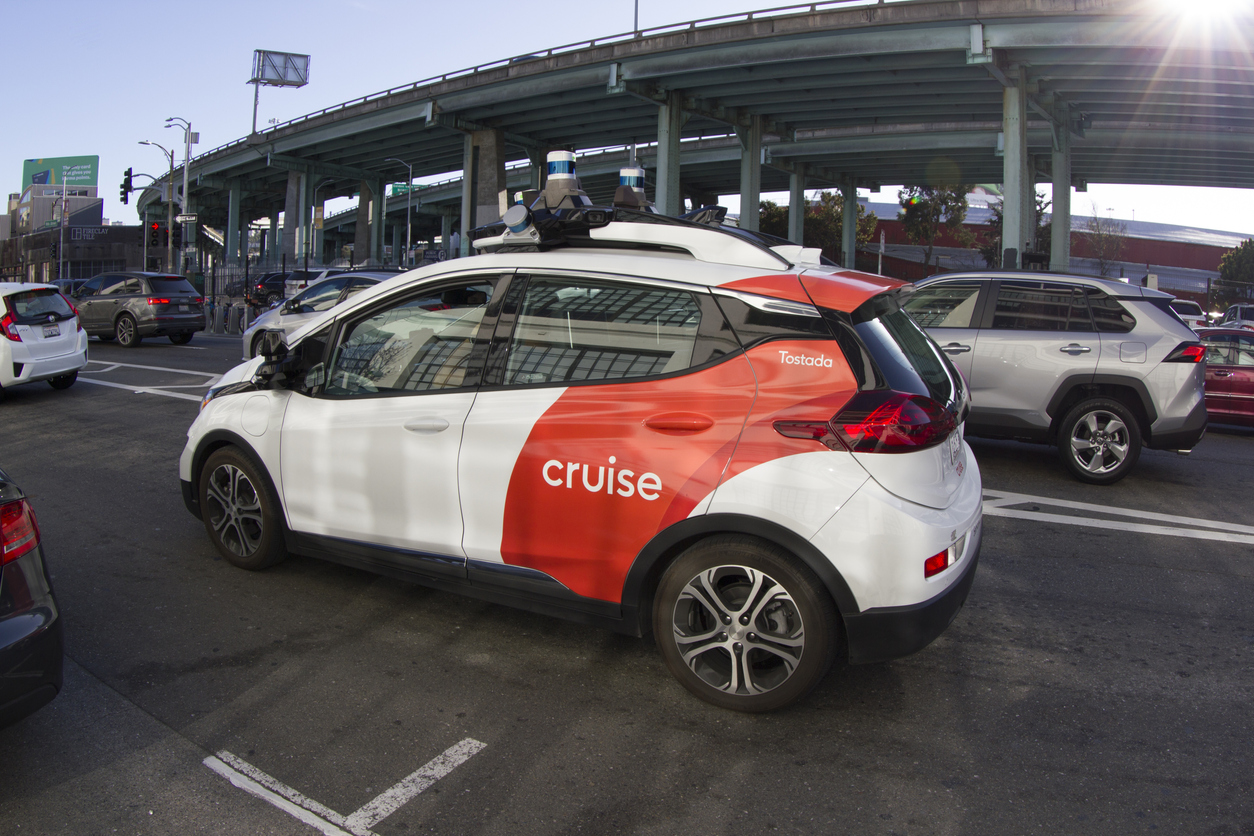
Cruise, the autonomous vehicle subsidiary of General Motors, has resumed testing its robotaxis in Phoenix after a significant operational halt in the United States. The company is implementing a “supervised” testing phase with a human safety operator present, marking its initial steps towards resuming full operations.
This development comes as part of Cruise’s broader effort to regain trust and meet safety benchmarks following a disruptive incident in San Francisco last year that led to regulatory and operational setbacks.
In a recent blog post, Cruise outlined its plans to deploy two autonomous vehicles on public roads in the Phoenix metropolitan area, signaling the start of a critical validation phase. These vehicles will operate under the watchful eyes of safety operators, while another eight vehicles will be manually driven to further assess and fine-tune the technology. The testing aims to:
- Validate the autonomous technology against strict safety and performance standards set by the company.
- Gradually expand these tests to include other suburbs around Phoenix such as Scottsdale, Paradise Valley, Tempe, Mesa, Gilbert, and Chandler.
This strategic shift to Phoenix reflects a cautious approach by Cruise, focusing on a smaller scale of operations compared to its previous extensive activities in San Francisco, where it is headquartered. The company began mapping and gathering road data in Phoenix in April with manually driven vehicles, laying the groundwork for this supervised testing phase.
The October 2 incident in San Francisco, where a pedestrian was struck and dragged by a Cruise robotaxi, profoundly impacted the company. The fallout from this event led to:
- The suspension of Cruise’s deployment and driverless testing permits by California regulators.
- A halt in operations not just in California but also in other testing locations like Austin and Miami.
In response, Cruise undertook significant internal restructuring, including leadership changes and layoffs. Kyle Vogt, co-founder and CEO, resigned, and Cruise brought in GM executives to bolster its board, aiming to stabilize the organization and restore credibility.
Moreover, an extensive review by the law firm Quinn Emanuel concluded that Cruise did not intentionally mislead regulators. The report pointed to poor judgment, leadership errors, strained relations with regulators, and a preoccupation with correcting public misconceptions about the incident as critical issues. This narrative had inaccurately portrayed the Cruise autonomous vehicle as the cause of the accident, instead of the human-operated Nissan involved.
Related News:
Featured Image courtesy of hapabapa/Getty Images
